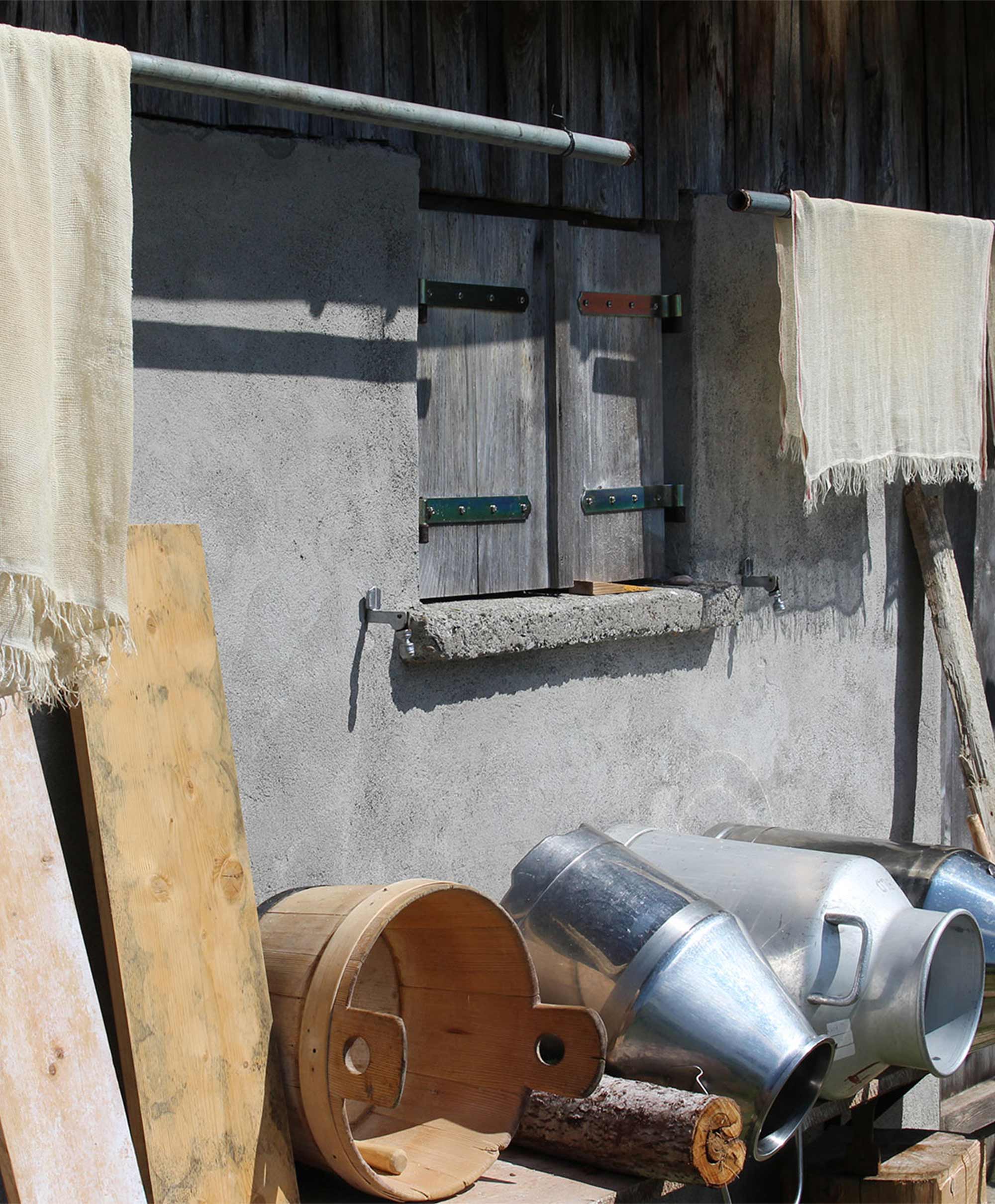
Experience originality in the mountaineering villages
The criticism of alpine tourism is nothing new. As early as the 1980s, the first resistance movement was formed against the emerging tourism in the Alpine region, which is still responsible for massive negative interventions in the natural balance. At that time, many mountain towns were literally overrun by the emerging construction boom. Old farms and single-family houses had to make way for large hotels and cable cars. Even today, new regions and glaciers are constantly being developed, from which the sensitive alpine ecosystems suffer greatly. Original natural landscapes are being destroyed so that roads, parking lots and cable cars can find their way.
Mountaineering villages have renounced mass tourism
In the so-called "Mountaineering villages“You consciously position yourself against this form of tourism. The initiative brings together alpine regions that value and use their unique natural landscape as a cultural asset and natural treasure. Here the awareness of a harmonious life in harmony between people and nature is still omnipresent and the natural boundaries are respected.


Closeness without disrespect
Most of the 35 mountaineering villages are mostly located away from major centers or hidden at the head of the valley, but are still considered true insider tips inside. As a guest, you can look forward to the original mountain resorts that invite you to enjoy and linger.
Over the western Alps to the Mediterranean
The initiative, which has its origins in the Austrian Alpine Club, is a real success project. The unique villages can now be found in five different countries, including Germany, Austria, Slovenia, Italy and, recently, Switzerland. Thanks to a new cooperation with the SAC, the Swiss counterpart to the Austrian Alpine Club, two Swiss villages were added for the first time in 2021, including Lavin, Guarda and Ardez in the Lower Engadine and St. Antönien in the Rätikon.


The motto is "less, better for it"
The choice of mountaineering villages is not random. Rather, the villages must be able to present an intact and largely undeveloped cultural and natural landscape in addition to scenic attractions and areas of alpine interest. In addition, it is important that the local population can also get enthusiastic about the sustainable and nature-friendly development of the village and actively support it.
After all, it is ultimately the responsible behavior of travelers that contributes to the success of the initiative. By making a conscious decision to visit a mountaineering village, you can specifically support and promote the noteworthy endeavors of the organization. In return, you get a close-to-nature travel experience of a special kind that you won't soon forget.



More information and read more about the mountaineering villages initiative
Photo opener: Großes Walsertal biosphere reserve
Lisa Klakow
Lisa helped set up the Good Travel Blog and will write for us as a freelance author in the future. She is passionate about traveling and dancing around the world with a small ecological footprint.






COMMENT